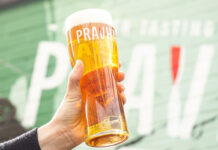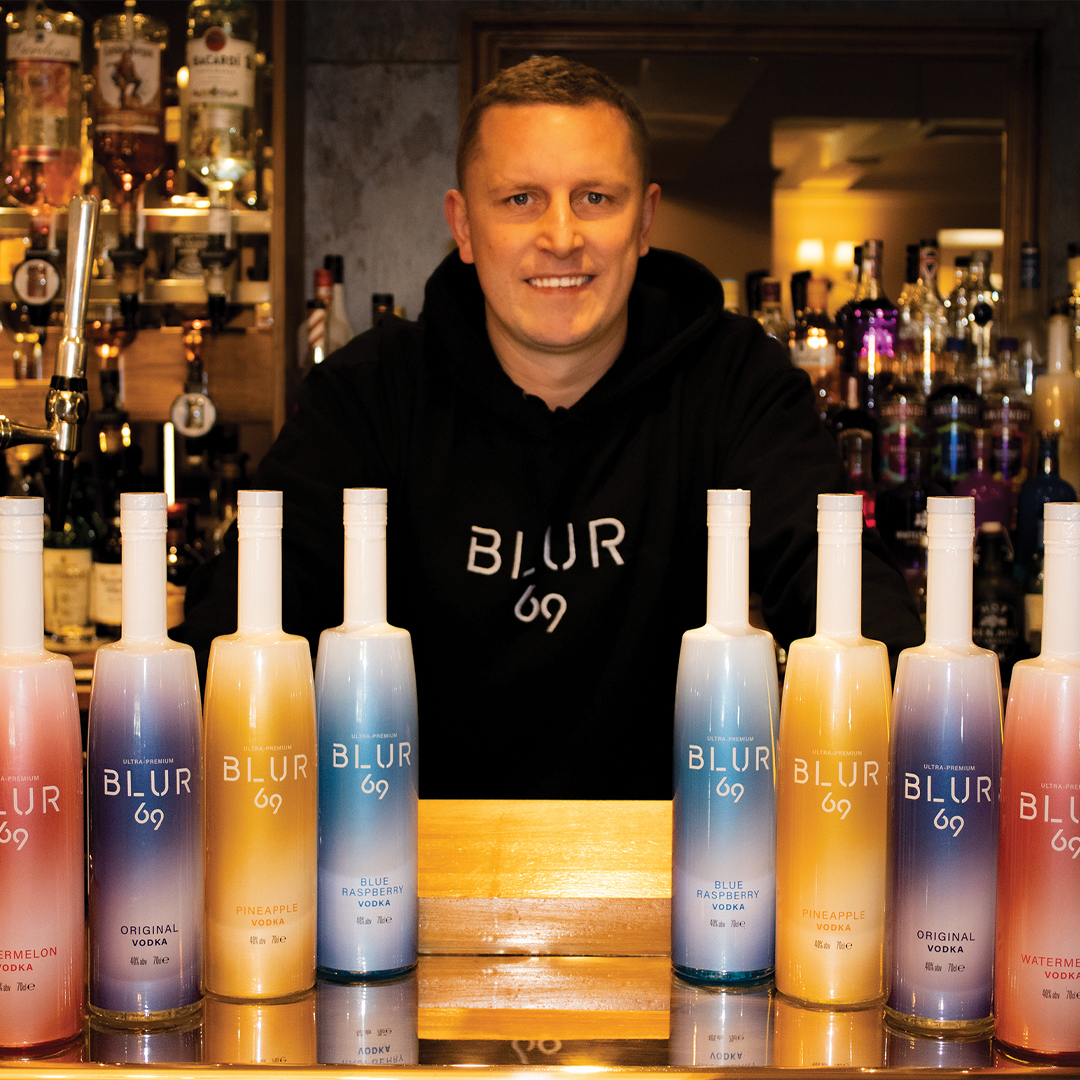Demand for low and no ABV is on the rise in Scotland, firms say
FROM Magners over ice to Mad Men-inspired cocktails, it’s not always possible to predict the next big thing in the on-trade.
But, in the wake of the lower drink drive limit, which came into force in Scotland on December 5, it seems there’s a very definite trend towards low and no-alcohol drinks.
![San Miguel - Ice Bucket[3]](https://sltn.tempurl.host/wp-content/uploads/2015/04/San-Miguel-Ice-Bucket3.jpg)
And, according to drinks firms contacted by SLTN last week, the increased demand for low-ABV and alcohol-free products looks set to continue.
Graham Archibald, sales director at distributor Morgenrot, suggested that Scotland is on the path to becoming a strong market for low and no-ABV drinks.
“The changes to the drink drive limit in Scotland have undoubtedly impacted on consumers’ drinking habits in the on-trade and I feel that is why it is vital for Scottish licensed venues to stock at least one quality low-alcohol or no-alcohol beer,” he said. “At a recent trade event in Scotland, the interest and demand for our low-alcohol beers was incredible. In fact, I have never seen anything like it.”
Brian Calder of Tennent Caledonian, which produces 0.05% ABV beer Hee-Haw, agreed that there has been “an increased demand” for low and no-ABV drinks, adding that “this makes them a ‘must stock’ for any operator”.
“It’s important for operators to look at what categories are working for them and invest in both low and no-ABV options within these,” said Calder.
Kathryn Purchase of brewer and cider firm Carlsberg UK, agreed that there has been a ‘boom’ in healthy and “healthier-for-you” products across a number of drinks categories.
“Previously, there was a lack of variety and innovation when it came to alcohol-free drinks, however today, as product quality is improving, consumers are more willing to try them,” said Purchase.
Innovation isn’t restricted to low-ABV, according to Purchase, who said the firm has seen the “popularity of fruit flavoured cider propel”.
Geoff Bradman, head of sales for cider maker Westons, also gave a positive assessment of cider’s prospects, with draught cider expected to perform particularly well.
“Favour is very clearly swinging towards draught products, with draught cider in growth in volume and value terms,” said Bradman.
The resurgence of draught hasn’t, however, eliminated growth from packaged ciders, with Bradman suggesting bottled fruit cider is performing particularly well.
“So far we are not seeing any signs of the fruit cider market slowing, and as long as the current innovation and excitement continues then the market will keep growing,” said Bradman.





















